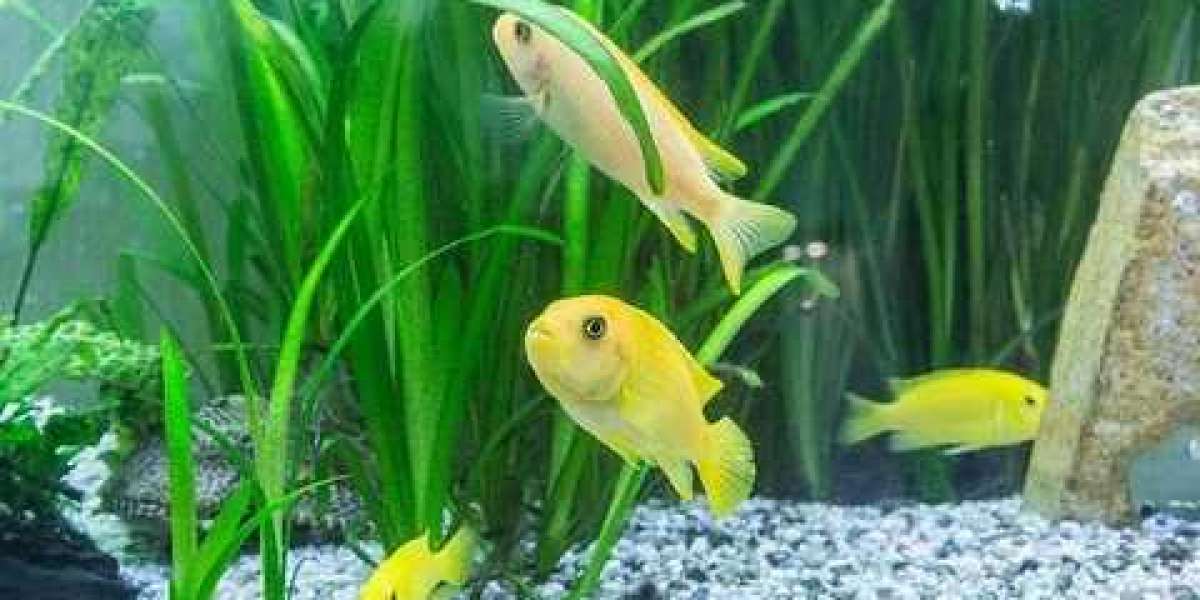Printing Ink With the strengthening of environmental protection awareness in the packaging industry, more and more people in the industry pay attention to the environmental protection of plastic bag printing ink required for printing in the process of plastic bag production. The production of plastic bags belongs to the packaging and printing industry, but plastic bag printing is the largest pollution source in the industry. Therefore, when printing plastic bags, we must pay attention to the environmental protection of ink and start from the source. Product Features Bright color, high gloss, strong covering power and good water resistance. Good water re solubility, easy cleaning, non-corrosive printing barrel, suitable flexographic printing viscosity and excellent printing suitability. Product Advantages It does not contain volatile toxic solvents, has strong adhesion fastness, is non combustible, non explosive, non-toxic, will not damage the health of printing workers, has no environmental pollution to the atmosphere, and can also reduce the printing cost by 20% - 30%. Application scope of plastic bag printing ink 1. Applicable substrates: HDPE, LDPE, OPP, PVC, PET, PE (such as plastic labels, vest bags, shopping bags, etc.) 2. Food packaging bags (such as OPP bread bags, various food packaging and printing) 3. Biological plastic woven bags (such as rice bags, ton bags, etc.) printing purposes 4. Note: plastic water-based ink is a water-based ink specially designed for surface printing of plastics (PO, PE, PP, OPP, PE, etc.). It can meet the requirements of simple pattern, ordinary, medium and low speed gravure printing, and meet the national health and environmental protection requirements. It is non flammable and explosive, safe, non-toxic, tasteless and less solvent emission. It is called a green environmental protection ink. 5. Product application: suitable for all kinds of water-based inks for plastic printing. 6. Product specification: 20kg / barrel, 50kg / barrel, 200kg / barrel 7. Instructions for use: stir evenly before use to keep the ink composition consistent. After the ink is opened, the ink storage shall be covered and sealed to prevent dust falling and crusting. If the remaining ink contains impurities, it must be filtered first and then used with new ink. If it is found that the ink viscosity and consistency are slightly large, it can be adjusted with an appropriate amount of clean water, It is recommended that the viscosity of printing on the machine is 40-60 seconds / coating -4# cup. When using, it is better to take an appropriate amount (according to the ink container - machine) and then add it gradually in batches, so as to better ensure the adaptability of ink. Food plastic bags cannot be printed with traditional ink. Heavy metal elements and organic solvents in the ink may lead to chronic poisoning. The ink used in plastic bag printing will also volatilize, and the proportion of volatilization can reach 60%. In other words, 60% of the plastic bag printing ink we use will eventually escape into the atmosphere and cause air pollution. In modern printing technology, we can use the method of recycling and burning solvent to reduce the pollution of plastic bag printing ink to the atmosphere. The harmless printing ink of plastic bag printing is being implemented in China. With the implementation of this measure, the problem of 20000 tons of toxic gas volatilization caused by plastic bag printing will be greatly improved every year. The ink of plastic bags is made up of resin (water soluble resin, colloidal dispersion, emulsion polymer), water, amine, pigment (organic pigment, inorganic pigment) and auxiliaries. According to the characteristics of printed matter, the plastic bags are strictly proportions. As the main solvent of plastic bag printing ink, water exists in strict proportion. Adding water to the ink at will increases the proportion of water and dilutes the ink, which actually changes the reasonable proportion of various components in the ink and destroys the original performance of the ink. Therefore, adding water to ink at will is a wrong operation, which will inevitably affect the quality of printing. Due to the random addition of too much water to the special green ink, the ink viscosity decreases, the color printing is not real, the color saturation decreases, and the printed products have obvious color difference. The small picture is the field photo under the 200 times magnifying glass, and the color distribution is seriously uneven. At the same time, it also affects the conjunctival quality of the plastic bag printing ink after drying on the printed products, resulting in the reduction of friction resistance. The color plumpness of printed matter mainly depends on the color content, solid content of ink and the color rendering of its resin matching. The color content of pigment in normal ink (original ink) is sufficient to meet the printing coverage requirements of ink per unit area under the preset ink layer thickness. A reasonable proportion of resin can meet the uniform distribution, transmission and drying of ink during printing with the cooperation of various additives. Random addition of water destroys the performance of ink, dilutes the color content, destroys the state of pigment in ink, dilutes the content of resin and other components, changes the viscosity of ink, affects the transfer performance, drying speed and conjunctival quality of ink, and will bring a series of problems to the printing industry and print quality.Printing Ink website:http://www.kageminks.com/printing-ink/














